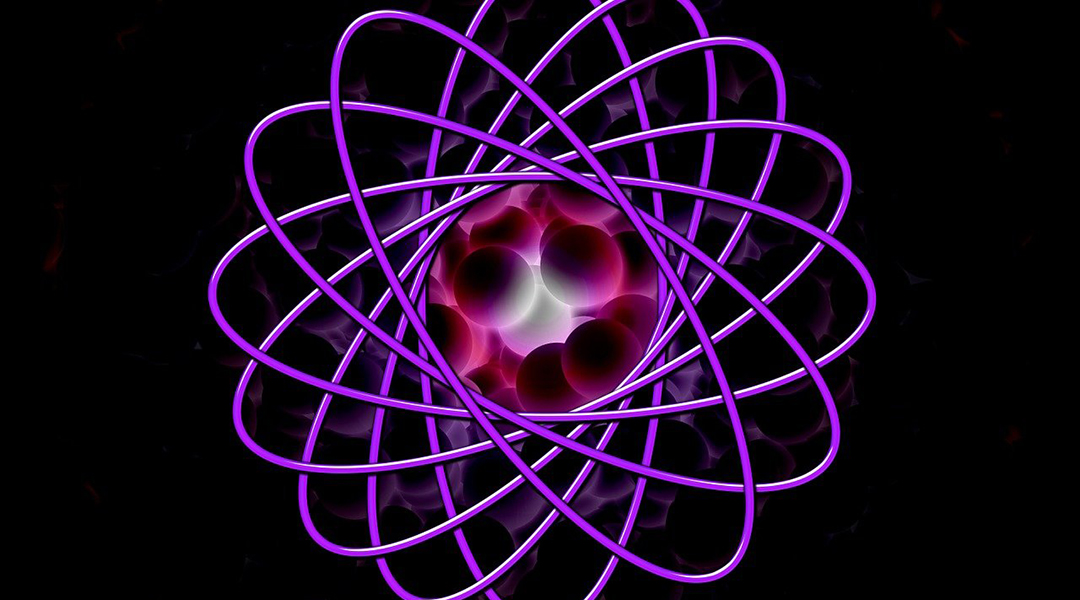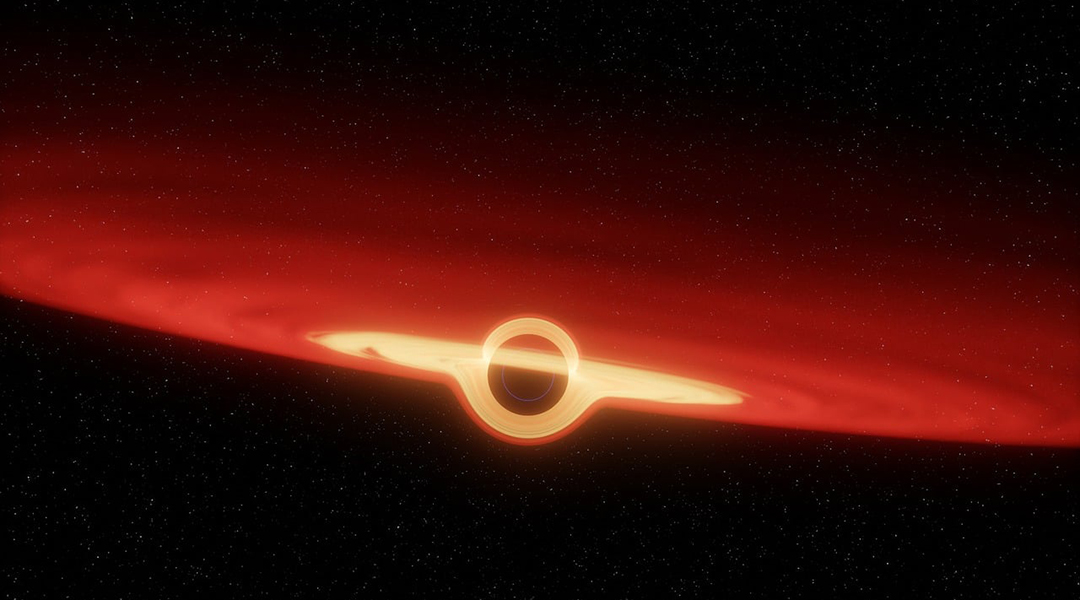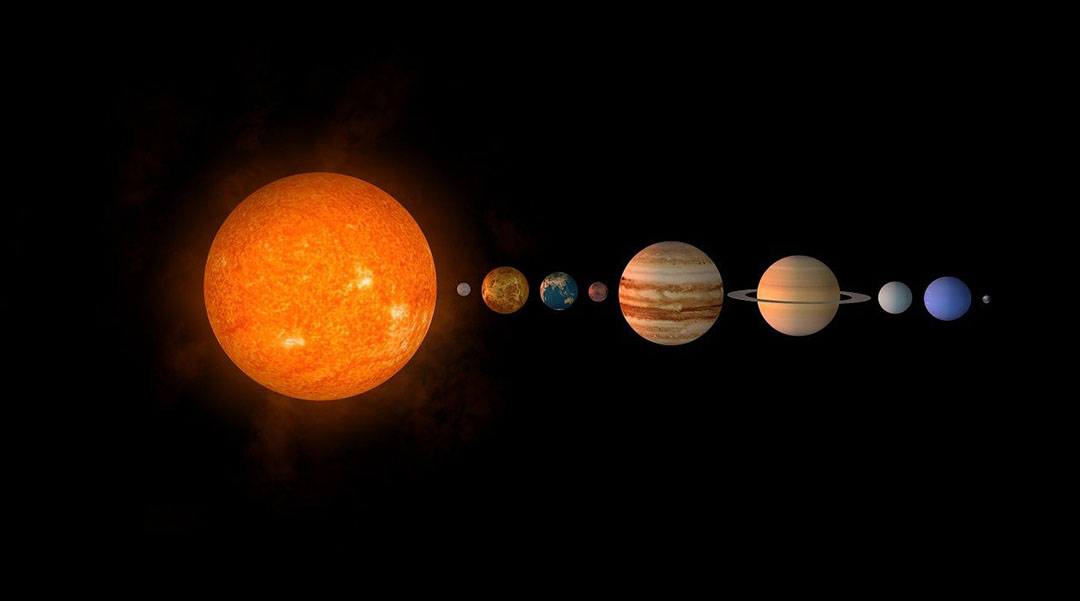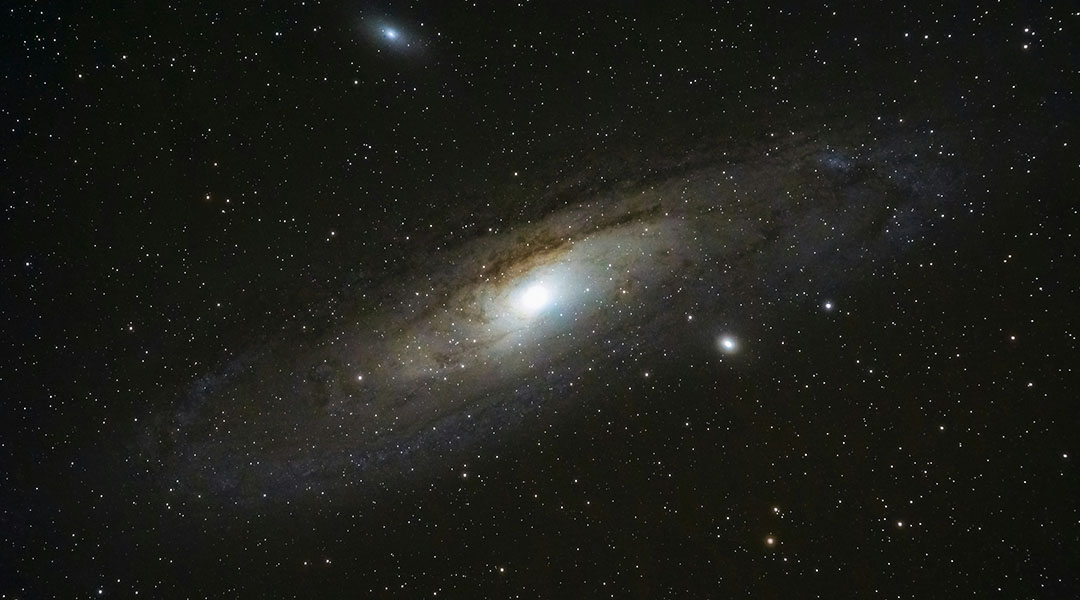Researchers at CERN’s Large Hadron Collider explore subtle energy signals to search for new physics beyond the Standard Model.



Researchers at CERN’s Large Hadron Collider explore subtle energy signals to search for new physics beyond the Standard Model.

Scientists use cutting-edge techniques to study rare atomic systems called hypernuclei shedding light on subatomic forces and neutron stars.

An antenna designed to create an optimized magnetic field puts electrons into the required quantum states for quantum sensing devices.

Transparent solar concentrators capture the Sun’s energy, making windows and building facades more energy-efficient and sustainable.

Small primordial black holes could have consumed the interiors of planets or asteroids, leaving their outer shells intact.

Researchers have developed a new method to benchmark quantum computers by measuring their ability to create entangled qubit states.

Scientists are using crystal imperfections to generate secure encryption, paving the way for quantum-resilient data protection.

Metasurfaces to detect terahertz radiation are making spectrometers smaller, lighter, and more efficient for space travel.

An ancient magnetic field drew matter inward and helped form our solar system’s planets, moons, and asteroids.

Links to observational data may have revealed the nature of magnetars and the origins of their extreme magnetic fields.